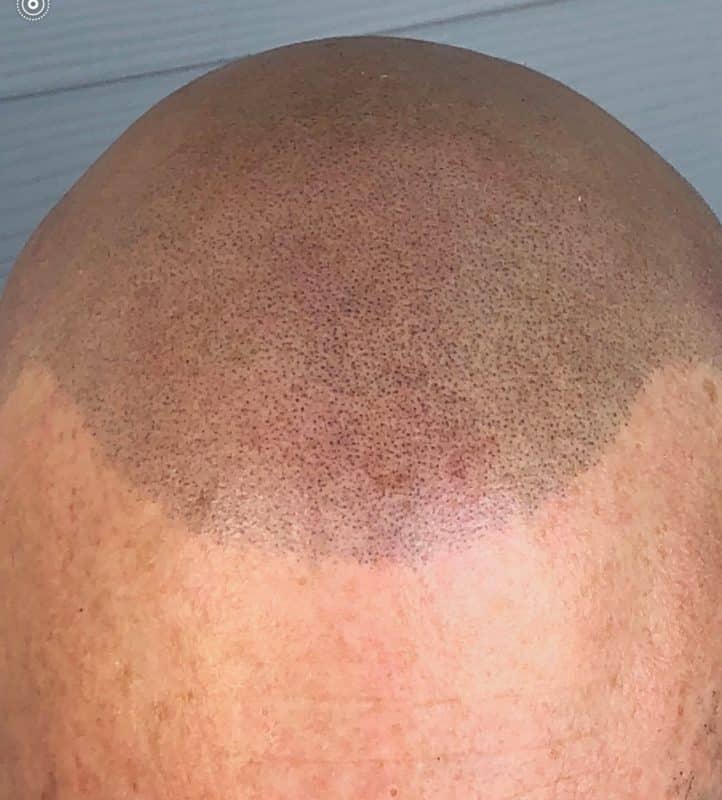SMP
Scalp Micropigmentation Fading Explained
There’s a touch of curiosity surrounding scalp micropigmentation fading, and it’s understandable why there is confusion. It’s got some pretty hefty similarities to tattooing, particularly when it comes to technique. However, where a tattoo remains in place nigh on forever, SMP fades after three to five years.
To attempt to bust the confusion, we are going to break it down for you by briefly running through the reasons, concisely:
How SMP and Tattooing Techniques Work
Pigments are implanted underneath the outer barrier of the skin. To do this, a machine fitted with a microneedle is used. The pigment thereafter becomes trapped. And finally, once the needle mark is healed, a pigmented mark is left. So it’s quite hard to understand why the scalp micropigmentation fading issue is present when with tattoos, it’s not.
Skin Physiology
To understand further we are now going to also introduce another subject. And that is skin physiology.
Your skin is made up of several layers of which there are three principal ones.
- The outer layer is the waterproof barrier and it’s the one which creates our skin tone. This is called the Epidermis. This layer regenerates and renews.
- Underneath the epidermis is tough connective tissue, hair follicles, and sweat glands. This layer is your Dermis.
- The deeper layer beyond is subcutaneous tissue and is made of connective tissues and fat. This is your Hypodermis.
Why SMP Fades
Now you have this useful information underneath your belts, understanding the fading process of scalp micropigmentation begins to become much simpler. Because where a tattoo needs to be implanted into the Dermis, with SMP the depth is just slightly below the epidermis. In other words, both go into the Dermis but it’s significantly shallower with SMP than with tattooing. In addition to this, natural pigments will be used for SMP over heavier inks which are used during tattooing. Because our bodies absorb a degree of pigment into the bloodstream, the natural ingredients of the pigments and depth of implant used during scalp micropigmentation will cause the treatment to fade over time. Whereby in tattooing they won’t.
Now you’ve investigated a little further, it should begin to clear up the reasons behind scalp micropigmentation fading. In a nutshell, if the implant is set too deeply into the skin – yes – like with a tattoo it will be permanent. However, if SMP implants are at the depth of tattoos the shape of the hair follicle will lose control and expand creating an undesirable look. If the pigment is implanted not deeply enough, your SMP fading will be too rapid and you’ll end up wanting your money back. Get the treatment right on cue and you have a maintenance-free look for anything between three to five years.
SMP as a treatment really is a life-changing procedure. It is guaranteed to provide you with a result and it’s also quick and non-invasive. Once you’ve received treatment, it’s just a simple case of a quick top-up every three to five years which is nothing more than a rapid clinic visit for and a minor stretch into your wallet.
